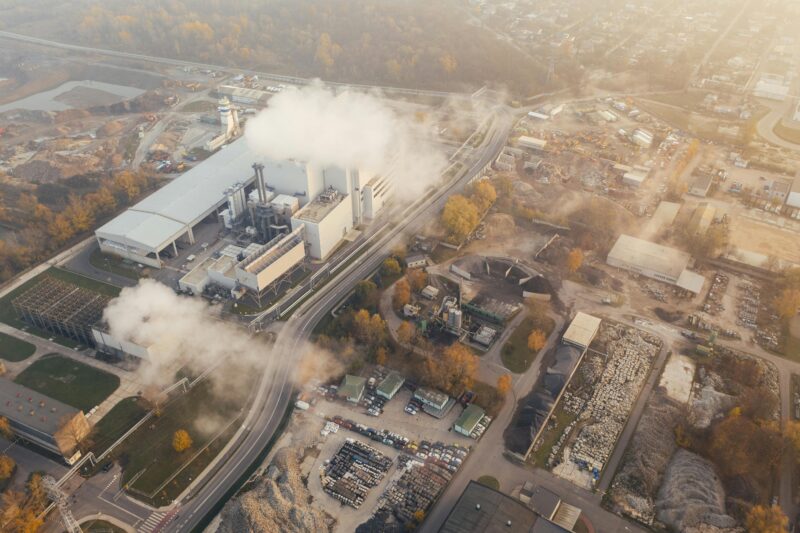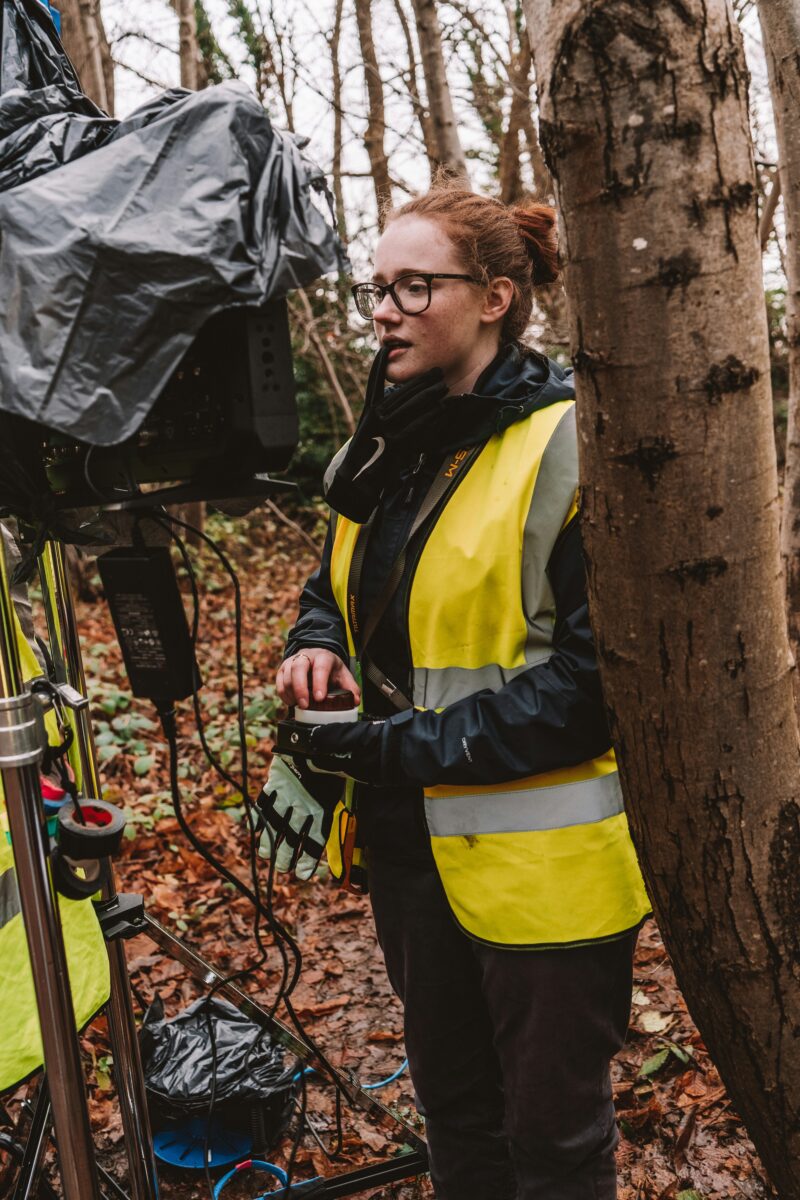Editorial
How to embed environmental sustainability as a Commissioning editor
You have the power to create content that can move the needle on sustainability.
Back to roles
Every synopsis you read or proposal you request has the potential to become a defining moment in culture. As programming becomes more purpose-driven, how will you make your mark?
Here are some of the opportunities you have to embed environmental sustainability in your role:
Every synopsis you read or proposal you request has the potential to become a defining moment in culture. As programming becomes more purpose-driven, how will you make your mark?
Here are some of the opportunities you have to embed environmental sustainability in your role:

1.
Understand the implications of everything you show
When commissioning content, think carefully about what you are promoting. Are you popularising negative environmental behaviours or positive ones? And what might the consequences of that be? By understanding the potential impact of everything you put on screen, you will be better able to create content that can both entertain the masses and improve the world around us.


2.
Ask the industry for it
Put out a call for content that acknowledges the natural world. As easy as it sounds, not many productions actually pass the Planet Test (see below). Stories that address such challenges, even briefly, have the ability to raise awareness and inspire change. Ask people to create those stories.


3.
Let it out of the factual box
Whether you’re commissioning documentaries, soaps, comedies or competitions, make environmental sustainability a consideration across all genres and formats. Climate change is relevant to every single person you create content for, so we need to make sure that environmental sustainability is accessible to all audiences and reaches as many people as possible. To do this, make sure you don’t fall into the trap of limiting it just to factual.


4.
Safeguard its inclusion
Make sure that environmental messages and positive behaviours get from script to screen. Start by letting your team know their significance and be sure to defend its inclusion to over-keen editors. It can be as simple as sharing content from this site or even, organising a team briefing with external climate experts to bring everyone up to speed (albert can help you with that). And then it’s about making sure that at crucial stages of the project, the message is still there. Do whatever it takes to champion environmental sustainability and convince doubters of its relevance.


5
Make it a standard in all treatments and castings
Just as the industry did with classification and diversity requirements, could you make embedding environmental sustainability into programming the norm? On-screen diversity requirements have led to an increase in viewership across a wide range of broadcasters. ITV data shows an increase in BAME viewers, whilst still retaining traditional audiences. And after the Paralympics in 2012, Channel 4 commissioned a survey showing its positive impact on the way that disabled sport was talked about. You have the opportunity to do the same through environmental sustainability. It will mean attracting new, environmentally conscious viewers, whilst retaining your current ones. It will mean that your content better represents the contemporary world. So, in all your briefings, treatments and castings, make environmental sustainability a standard.

But remember…
Environmental sustainability issues are the stories of the 21st century with content opportunities like no other. They’re full of drama, conflict, compelling characters and controversies. However, some environmental-themed content falls at the first hurdle because it doesn’t meet the criteria for great, entertaining content. When you’re creating purposeful content, don’t let it distract you from what you do best: telling a good story.
Ask yourself: does it pass The Planet Test?
A TV programme or Film would only pass The Planet Test if:
- It acknowledges the natural world actually exists
- Negative environmental behaviours are shown as negative character traits
- One person does something at least once to make the world a better place
